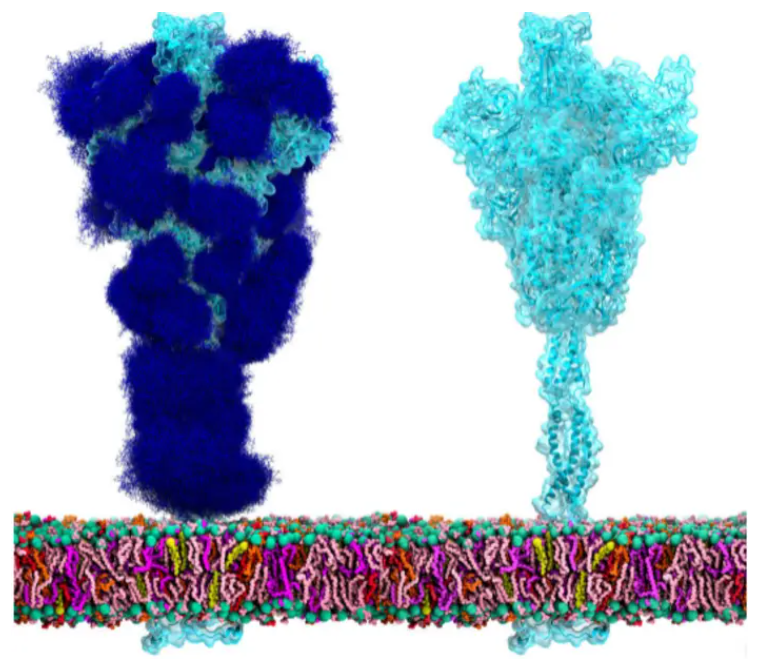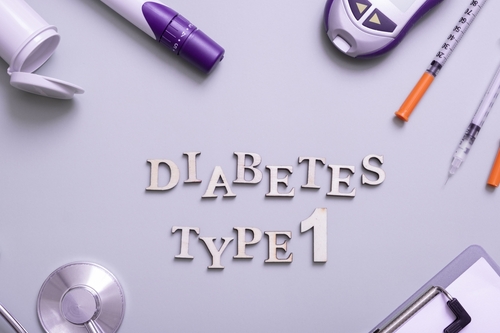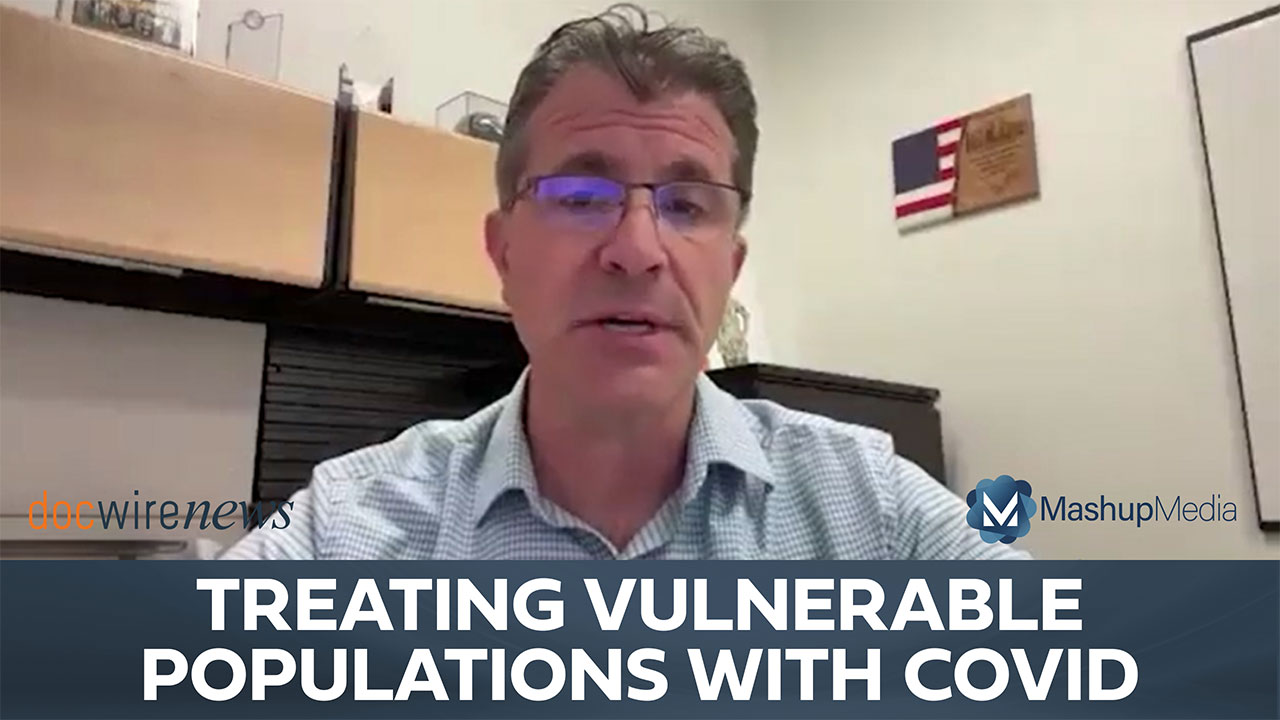
A new study found notable disparities in rates of childhood cancers when considering single year of age rather than grouping several years together. The results were published in the journal CANCER.
Researchers used the Surveillance, Epidemiology, and End Results (SEER) 18 data (2000-2017) to assess both frequencies and incidence rates among individuals from birth to age 39. They used incidence rate ratios (IRRs) and 95% confidence intervals (95% CIs) between race, ethnicity, and cancer rates by single year of age.
Troubling Findings
According to the results, there was appreciable variation in race/ethnicity-specific and overall rates by single year of age. Overall, the researchers noted, Black children and young adults experienced substantially decreased incidence of acute lymphoid leukemia (IRR, 0.52; 95% CI, 0.49-0.55) compared to Whites, and this decreased incidence was strongest at ages 1 through 7 years and 16 through 20 years.
With respect to Hispanics, this population experienced decreased overall incidence of Hodgkin lymphoma (IRR=0.50; 95% CI, 0.48-0.52) and astrocytoma (IRR=0.54; 95% CI, 0.52-0.56) and increased risk of acute lymphoblastic leukemia (IRR=1.46; 95% CI, 1.42-1.51) compared with non-Hispanic Whites, and the increased risk was strongest at ages 10 through 23 years, the researchers further noted, adding that “Substantial decreased risk across many tumor types was also observed for Asian/Pacific Islanders and American Indian/Alaska Natives.”
“There are significant racial and ethnic disparities in the incidence of some childhood cancer types,” said Erin L. Marcotte, PhD, of the University of Minnesota via a press release. “Additionally, unlike in cancers that occur in older adults, the incidence of cancer among children and young adults has striking variations by age at diagnosis, and studying these variations has often led to a deeper understanding of causes of childhood cancer.”
Study reveals racial and ethnic disparities in #childhood cancers by single year of #age @@WileyResearch https://t.co/tFKhMSAyLq
— Medical Xpress (@physorg_health) June 21, 2021
“Some of the patterns we observed may be due to racial and ethnic differences in known childhood cancer risk factors, such as exposure to infections and congenital anomalies,” said Dr. Marcotte. “We also know that the causes of each type of childhood and young adult cancer may vary depending on the age at which it occurs. For instance, exposure to Epstein-Barr virus is associated with Hodgkin lymphoma diagnosed in children younger than age 10, but not at older ages. Thus Epstein-Barr virus exposure may explain the higher risk of Hodgkin lymphoma among Hispanic children younger than age 10.”
News: Study reveals racial and ethnic disparities in childhood cancers by single year of age – https://t.co/tDIuSgafvm
— 7thSpace Interactive (@7thSpaceCom) June 21, 2021
Study reveals racial and ethnic disparities in childhood cancers by single year of age https://t.co/nK0CCWzErz
— Haleplushearty.org (@haleplushearty) June 21, 2021







 © 2025 Mashup Media, LLC, a Formedics Property. All Rights Reserved.
© 2025 Mashup Media, LLC, a Formedics Property. All Rights Reserved.